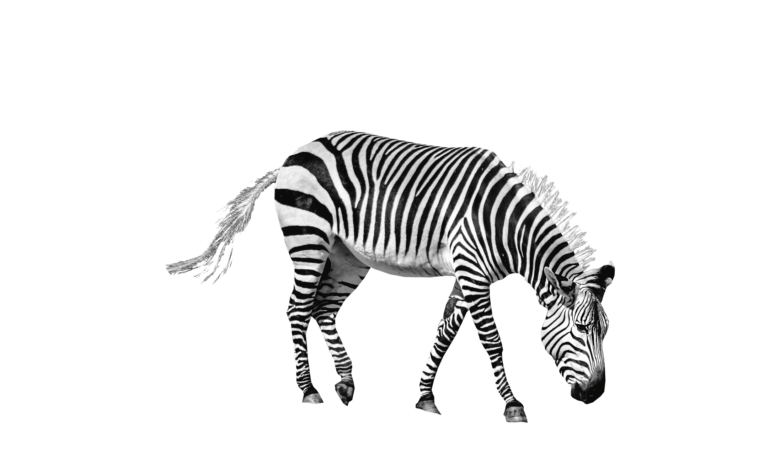Transparent:49rcwtds2pg= Zebra

The intricate patterns and behaviors of the zebra are a captivating subject of study, particularly when considering the concept of transparency in their world. This notion sheds light on how these enigmatic creatures navigate their environment and communicate within their social structures. By exploring the unique visual perception of zebras, one can uncover a wealth of insights into their survival strategies and intricate relationships with their surroundings. The concept of Transparent:49rcwtds2pg= Zebra opens the door to a deeper understanding of their world and the hidden complexities that lie within.
Zebra’s Unique Visual Perception
The zebra’s unique visual perception is characterized by its exceptional ability to distinguish subtle differences in color and pattern, enabling it to navigate its environment with precision and detect potential threats efficiently.
This color perception aids in their camouflage within the savannah terrain, while also playing a crucial role in visual communication during social interactions with other zebras, contributing to their cohesive social structure and survival strategies.
Navigating the Savannah Terrain
Zebras exhibit a remarkable proficiency in traversing the intricate savannah terrain, utilizing their keen visual perception to navigate various obstacles and locate food sources efficiently.
Their survival in the savannah heavily relies on their grazing habits, which involve constant movement to find fresh vegetation.
Zebras’ ability to swiftly maneuver through the grasslands and adapt their grazing patterns according to changing conditions showcases their remarkable adaptability and resilience in the wild.
Read Also Transparent:9bdvbl-Mlpc= Red Bandana

Insights Into Zebra Behavior
Observational studies of zebra behavior in their natural habitat reveal intriguing insights into their social dynamics and communication methods. Within the herd dynamics, zebra exhibit complex social interactions that include grooming, vocalizations, and body language.
Their grazing habits are essential for survival, as zebras rely on specific grasses and vegetation for sustenance. Water sources play a critical role in dictating their movements and overall behavior patterns.
Conclusion
In conclusion, the Transparent:49rcwtds2pg= Zebra exceptional visual perception, camouflage abilities, and complex social interactions are integral components of its survival strategies in the wild.
Their keen sense of color and pattern recognition aids in navigation, while their behaviors reflect adaptive strategies for finding food and avoiding predators.
The intricate dynamics within zebra herds demonstrate the importance of visual communication in their social interactions, highlighting the significance of these visual cues in their natural habitat.




